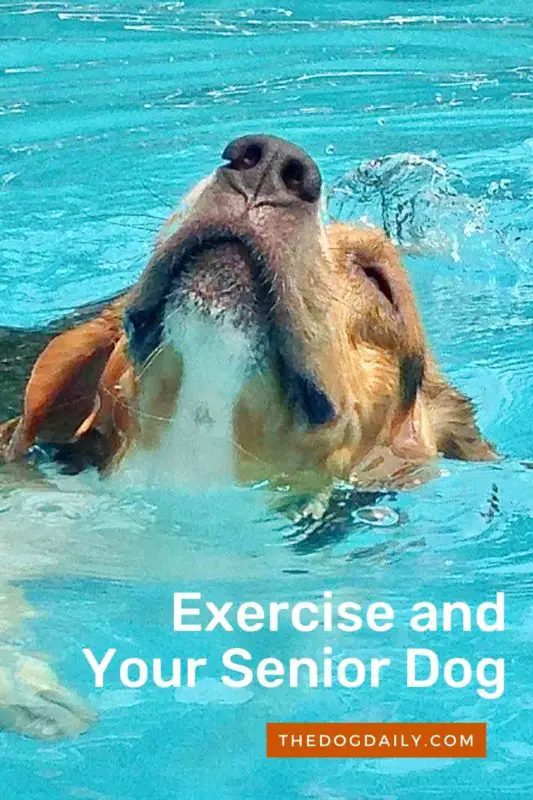Do Senior Dogs Need Exercise?
Getting old is no excuse to become a couch potato—and that goes for dogs, too! As your dog ages, regular exercise keeps his muscles toned, his joints protected, his body trim, and his mind sharp. He may no longer be able to slaughter the Frisbee as he used to, but an exercise routine tailored to his likes and needs will make his remaining years truly golden.
How Much Exercise Does My Senior Dog Need?
“The most important thing with older dogs is making a routine,” says Nann Dawn, shelter manager at the Oakland Adoption Center in Oakland, California. Dawn is also one of the shelter’s innovative Silver Muzzle Club founders, an adoption program for pets eight-years and older. “Make time for exercise every day. They can’t afford at their age to be weekend warriors.”
Whether your dog’s idea of fun is swimming, walking, or playing with other dogs, build up slowly. If it’s walking, start with a few blocks and gradually progress to a couple of miles a day.
Beware of overstraining your dog. An older dog will want to please you and might end up playing beyond its limits. Monitor the situation closely and make sure your dog doesn’t become dehydrated, overheated, or too tired. “The key is not to push a dog,” says Chuck Keiser, DVM, at the Heartland Veterinary Hospital in Kentucky. “You don’t want to push an animal beyond a comfort zone.”
What Activities are Good for Senior Dogs?
Steer clear of high-impact activities like jumping, which can stress aging joints. Dr. Keiser recommends swimming as “absolutely the best” for older dogs because it is low-impact. Walking is a close second for the same reason. Surprisingly, however, Keiser also likes agility training, which he says can be easily adjusted to suit a senior dog‘s ability. “There are lots of ways you can modify an agility course for an older dog,” says Keiser. Lowering jumps is a good example. “It can still be a blast for them to participate.”
Obedience training is another option to get senior dogs moving. “Every adult dog who joins the Silver Muzzle Club goes through obedience work,” says Dawn. “We have yet to find one that doesn’t like a little round of treat training,” she says. And a lot of the senior dogs have gone on to do pet therapy. “Most dogs don’t make it to old age without being really good dogs. Sometimes they’re ready to work.”
Dawn also recommends at-home toys, such as Buster Cubes and Kongs filled with kibble, because they keep a senior dog entertained and exercise the jaw muscles. As for social activities, she prefers large dog parks where an older dog might avoid getting bullied or crowded by younger aggressive dogs. “Older dogs can’t take those adolescent body slams,” she says. “Most of them can’t keep up with the youngsters.”
By knowing your older dog’s likes and limitations, the two of you can develop an exercise regimen that will keep both of you having fun for years to come.
Article written by Author: Marcella Durand

